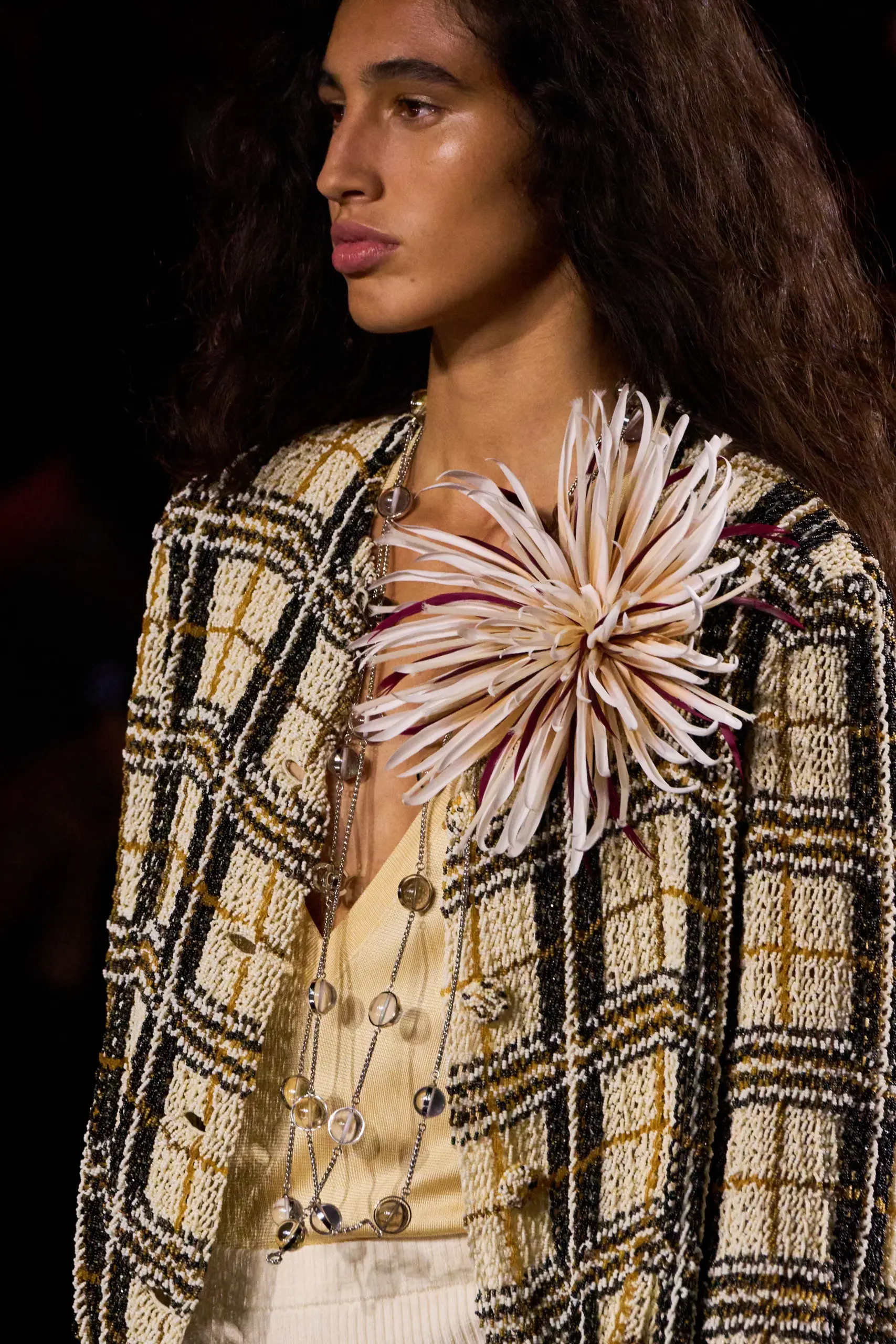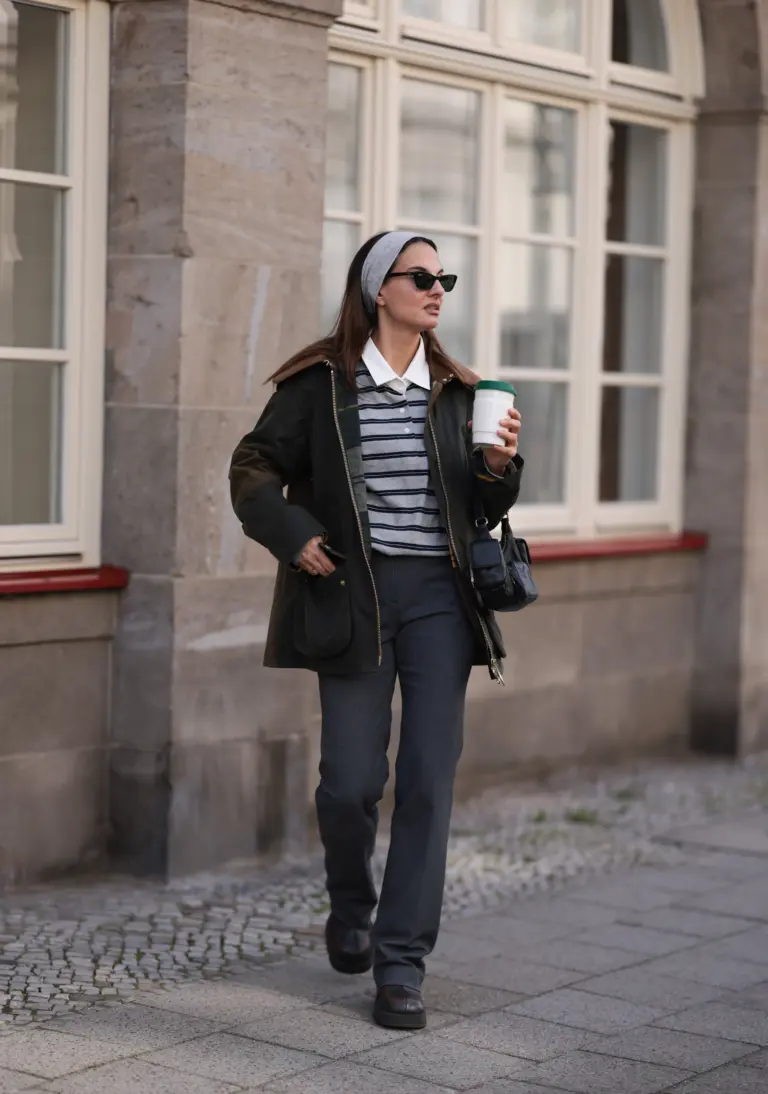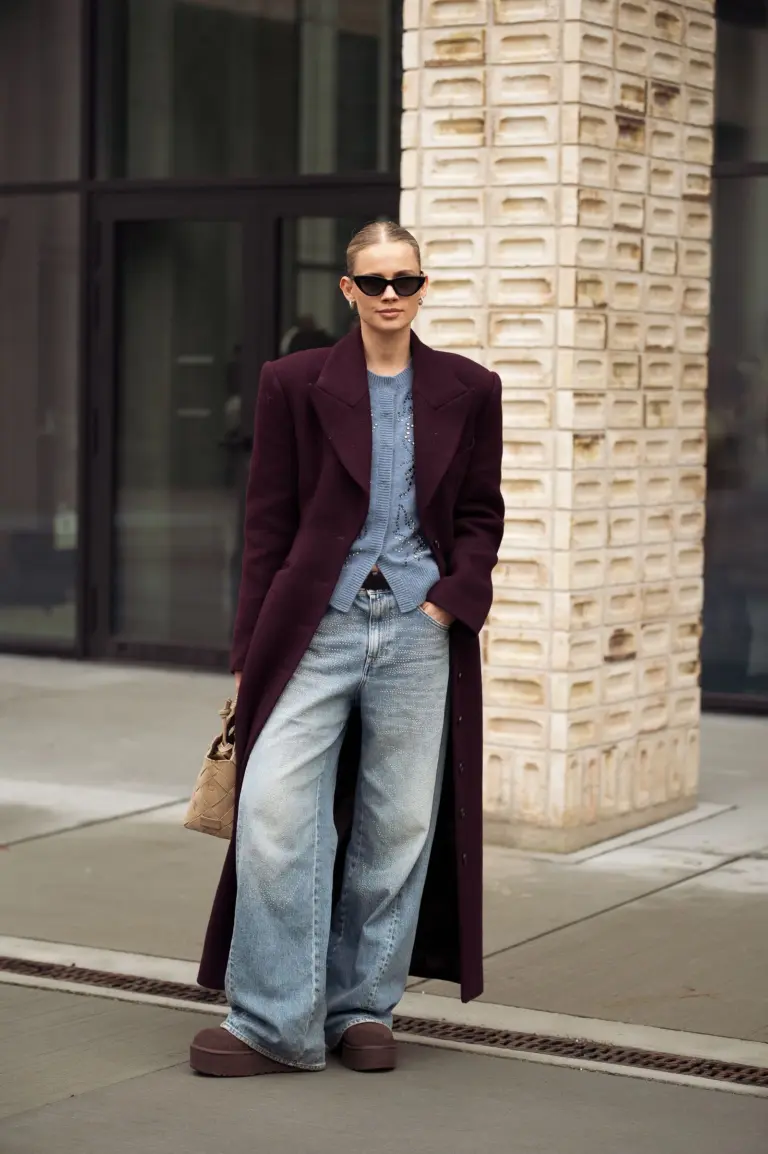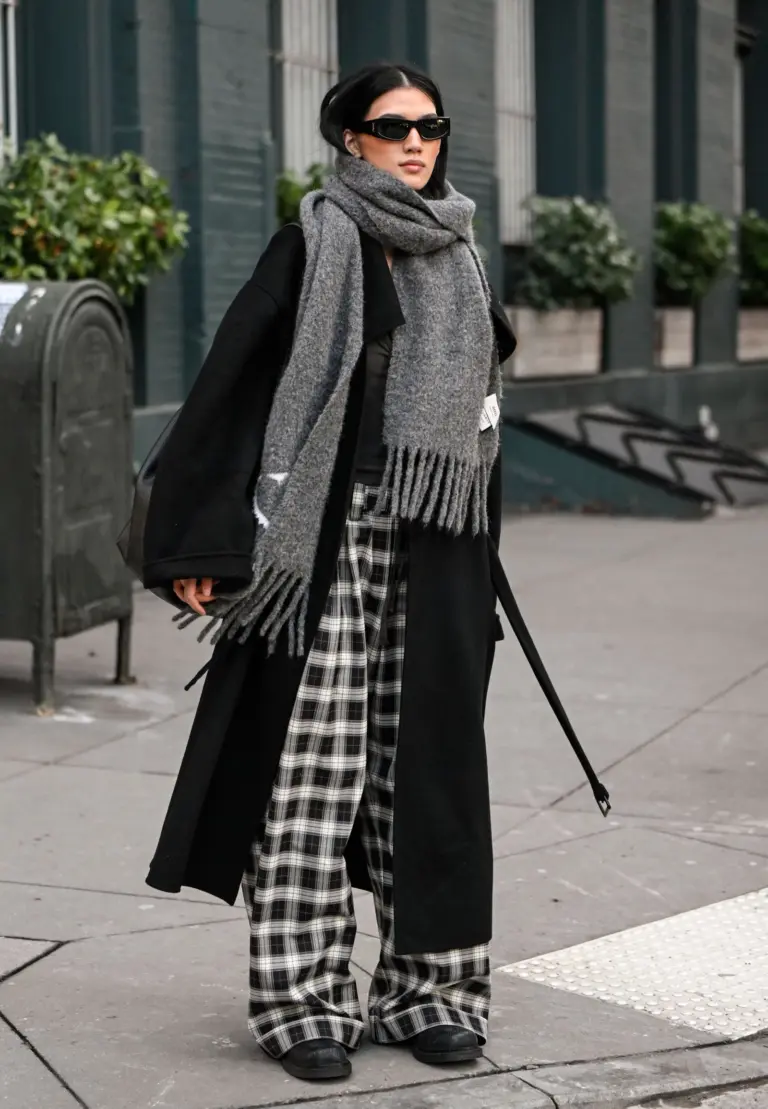A genuine sensation in the fashion landscape unfolded this Monday, October 6 – Franco-Belgian visionary Matthew Blasi showcased his initial collection for Chanel. Alongside a multitude of complimentary remarks and publications regarding Blasi’s premiere, there existed a considerable number of viewpoints suggesting that the fresh collection bore a resemblance not to Chanel, but to Bottega Veneta – the Italian label where Matthew Blasi previously contributed. We meticulously scrutinized the latest Chanel assortment under a novel artistic perspective and elucidate which fundamental hallmarks of this fashion institution were employed by its newly appointed creative director.
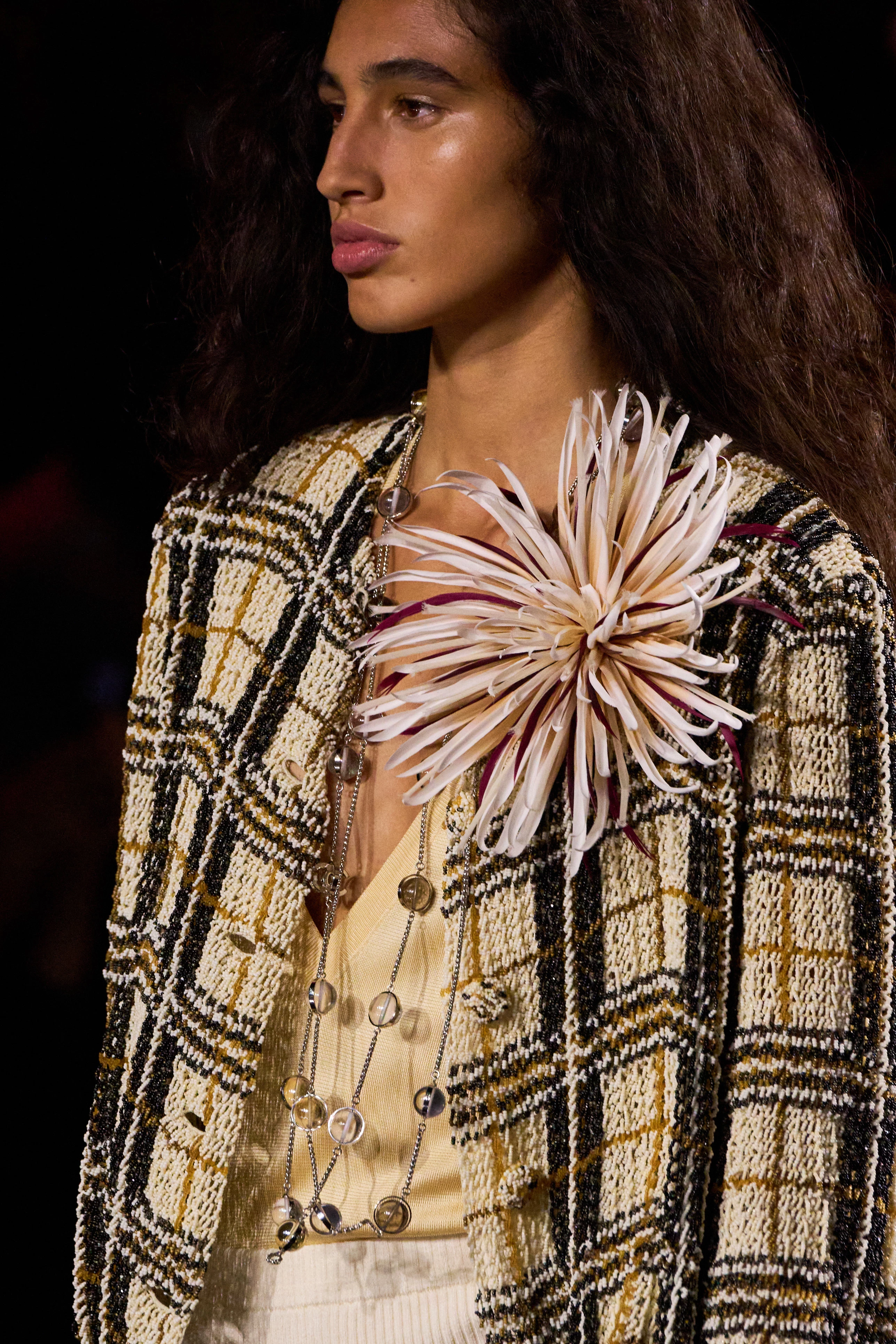
Advertising.
What instantaneously springs to mind when pondering Chanel? Tweed, the quintessential black dress, camellias, a ribbon, footwear featuring a contrasting toe. Even those unfamiliar with the sphere of fashion could readily identify an item from this esteemed fashion establishment. Throughout its 110-year legacy, Coco Chanel’s couture house endeavored to cultivate a comprehensive system of visual identifiers through which the brand could be differentiated. Coco Chanel was acutely aware that her strengths did not encompass drawing, sewing, or operating a sewing machine; however, she excelled at articulating her envisioned concepts. Indeed, she possessed the ability to drape fabrics until the late hours, incorporating buttons, simulated pockets, and adjusting skirt lengths, which were always intended to remain below the knees.
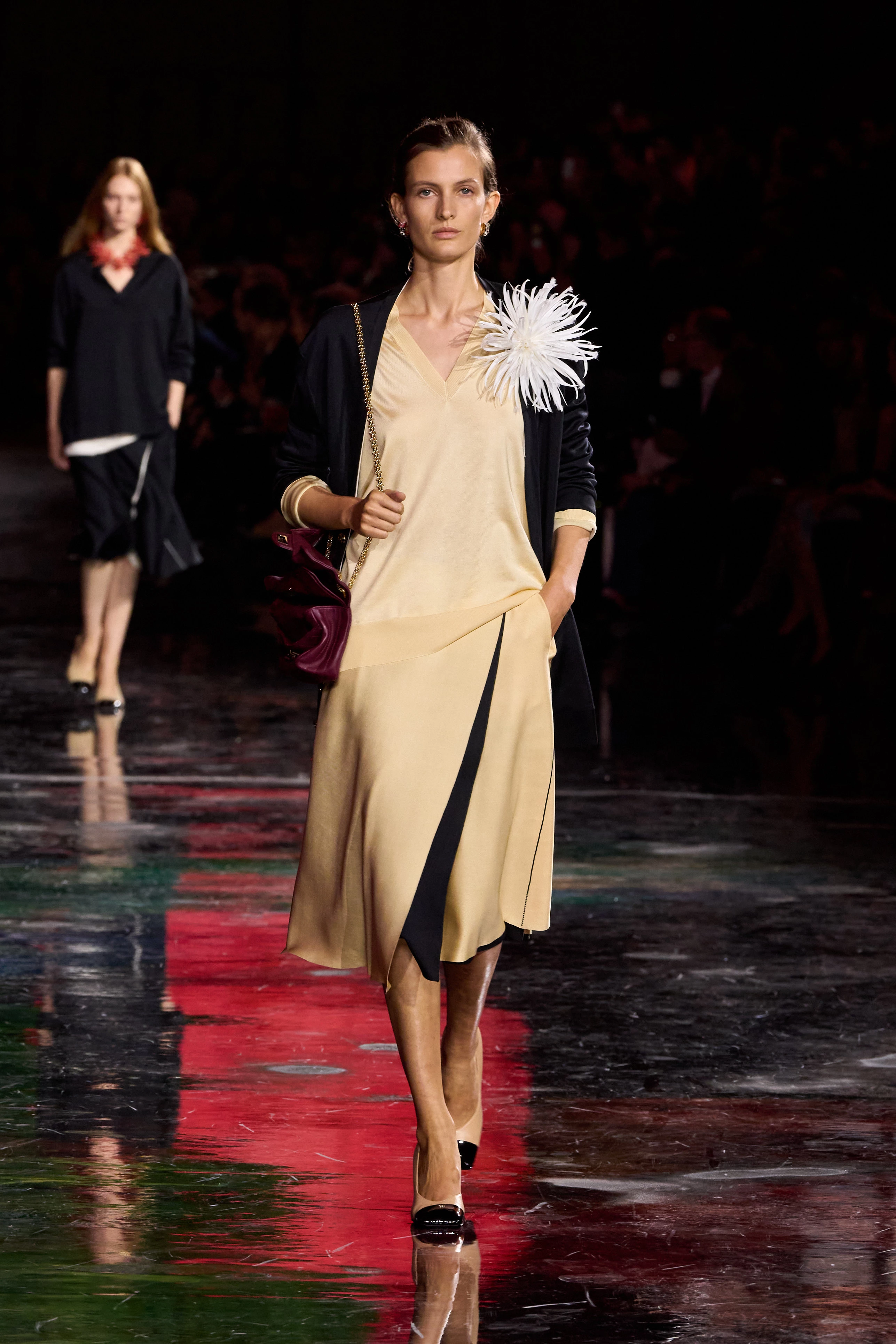
Subsequent to the fashion house’s announcement last December that Matthew Blasi would assume the role of creative director at Chanel, fashion analysts commenced contemplating the artistic wellspring of the designer, to whom Bottega Veneta’s accomplishments are attributed. On the eve of the presentation at the Grand Palais in Paris, Chanel’s fashion president, Bruno Pawlowski, expressed that while they appreciate designers who exhibit readiness to present a collection within a matter of months, they believed that Chanel necessitates a more extended preparation period. Consequently, Blasi initiated his duties on April 1 of the current year, ultimately unveiling the collection in early October. Six months dedicated to engaging with the archives, examining sketches, collections, photographs, and the house’s heritage – all undertaken to cultivate a profound understanding and appreciation for the brand. In remarks to Vogue Runway, he confided that the legacy was so extensive that he found himself unsure of where to begin.
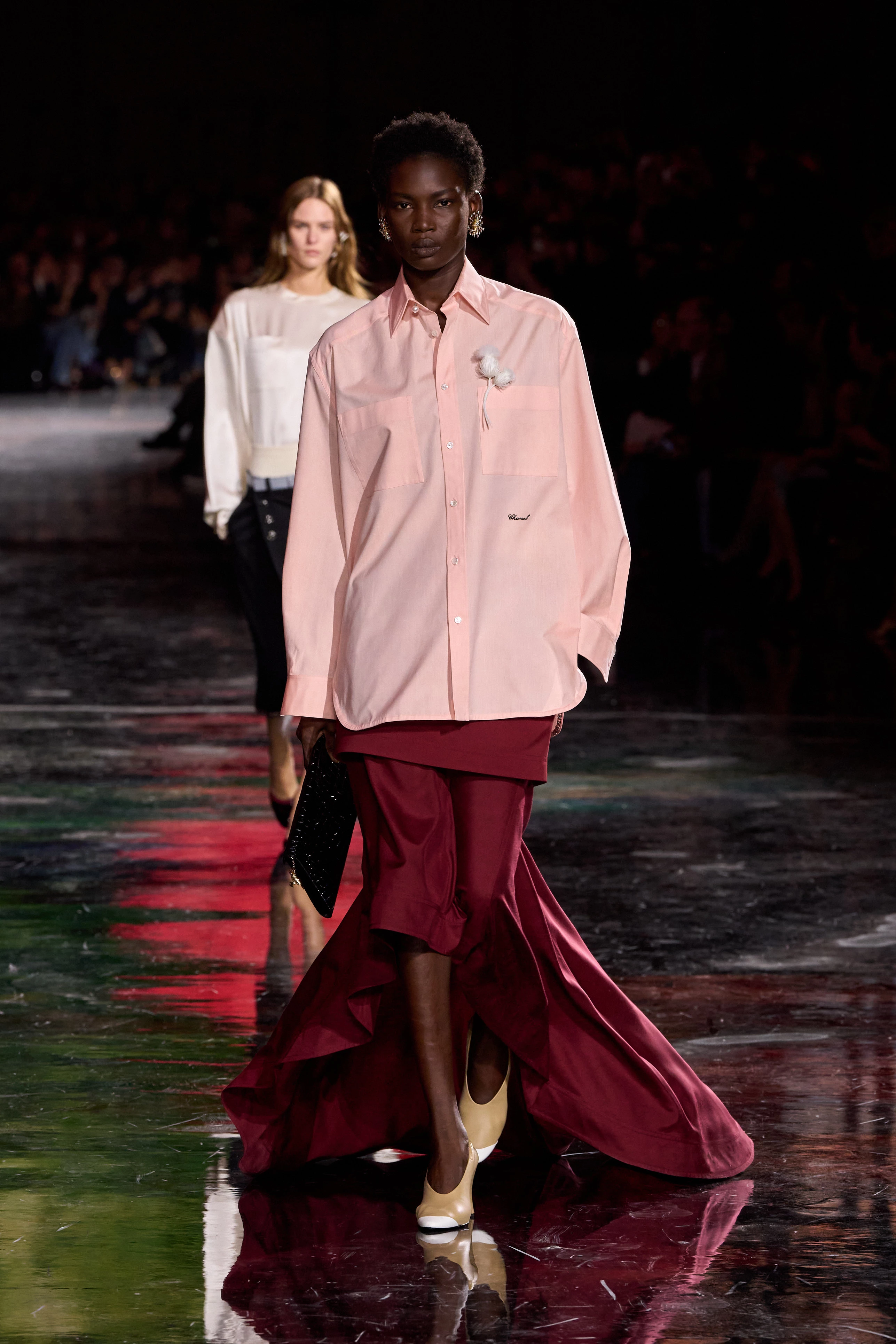
Matthew Blasi is celebrated for his playful employment of vibrant hues, fluid textures, and trompe l'oeil, a garment construction methodology that conjures authentic visual deceptions. His works gravitate toward a modern epoch of opulence, wherein their luxurious nature is recognized yet manifest in an ultra-contemporary and unconventional form, championed by emerging personalities ranging from TikTok luminaries to revered actresses of the 1960s.
Chanel's Allure and Identifiers
Masculine Ensemble
The premiere ensemble to inaugurate the presentation comprised a shortened jacket paired with trousers of a masculine style – an homage to the male wardrobe that served as an inspiration for Coco throughout her artistic career. According to lore, Coco Chanel’s solitary authentic affection resided in Boy Capel, whose demise occurred tragically in the latter portion of the 1910s. From his array of attire, she “appropriated” a jersey, a suit, conventional trousers, and specific footwear designs. Furthermore, Matthew Blasi incorporated robust derbies in shades of black and plum.
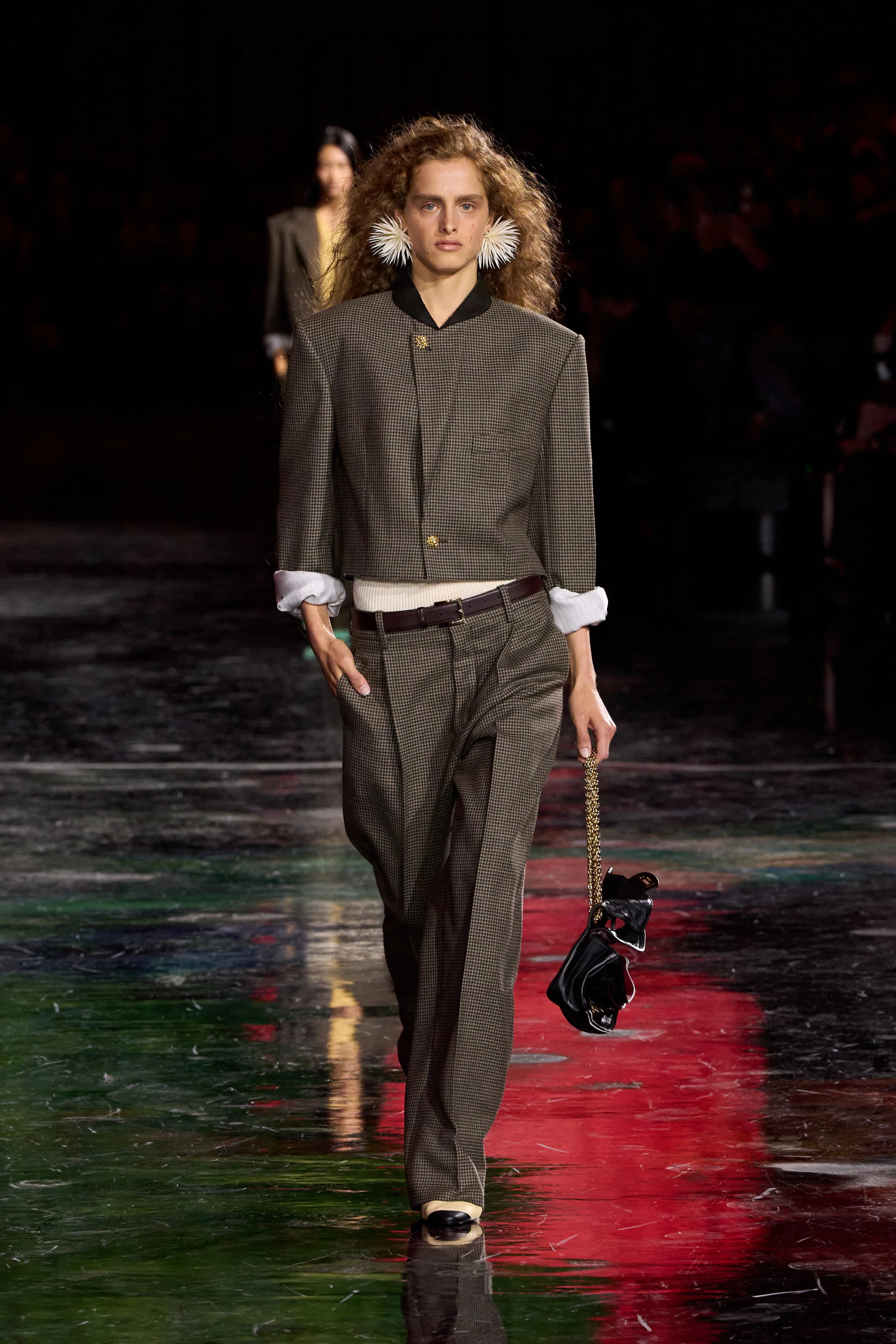
Tweed
The Chanel tweed jacket surfaced in the mid-1920s. Initially, Coco fashioned a rendition of her jacket utilizing jersey: comfortable and practical, it exhibited longevity, ease of styling, and cost-effective production. Following her sojourns to Scotland in the waning years of the 1920s, Coco gradually commenced introducing tweed fabric composed of diverse wool and cotton strands to France. Hence, in the early 1930s, the illustrious tweed jacket materialized. Blasi infuses renewed vitality into the venerable Chanel creation: he metamorphoses the fabric into an article of clothing that gracefully envelops the body, integrating a spectrum of seemingly disparate hues that collectively emulate the iconic Coco Chanel tweed. In his inaugural collection, the Franco-Belgian designer once again harnesses the trompe l'oeil technique, fabricating a jacket from delicate beads reminiscent of tweed fabric. The Blasi collective also produced quintessential jackets featuring raw hems – indicative of the evolving perspective of the contemporary Chanel woman, who is distancing herself from the rigid conventions of impeccable tweed.
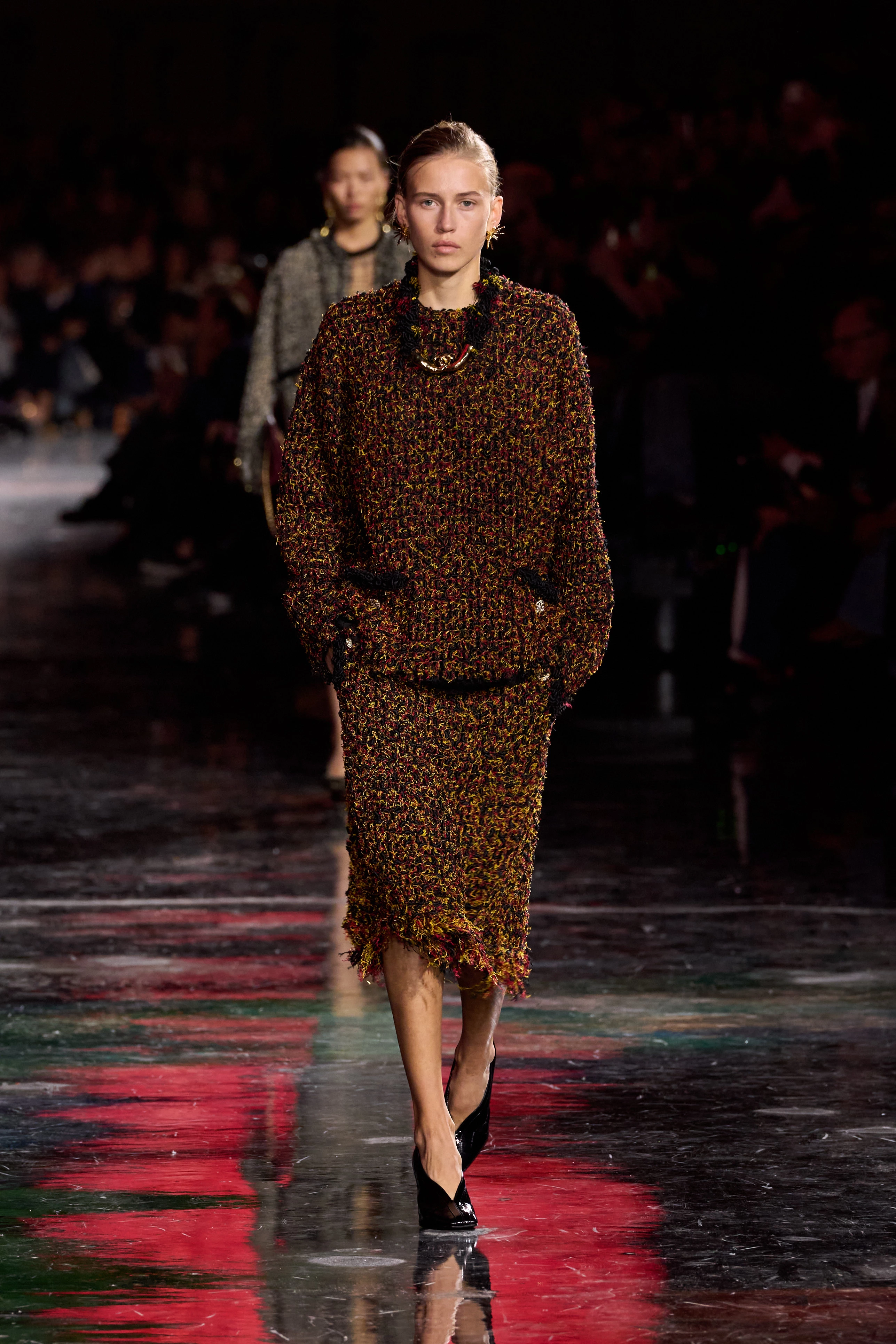
Floral Inspirations
Upon scrutinizing the latest collection, the thought arose that the whimsical jewelry, brooches, and wigs evoke likenesses to seaweed and sea urchins, with certain elements alluding to the dahlia. Historically, the preeminent flower of the house was the camellia – Coco Chanel herself held it in high regard. Blasi opts to incorporate novel botanical motifs: voluminous dahlia, thistles, fantastical daisies – the allusions to the flower garden impart distinctiveness to this assortment. Accessories under Blasi’s direction signify a fresh chapter for the house of Coco Chanel.
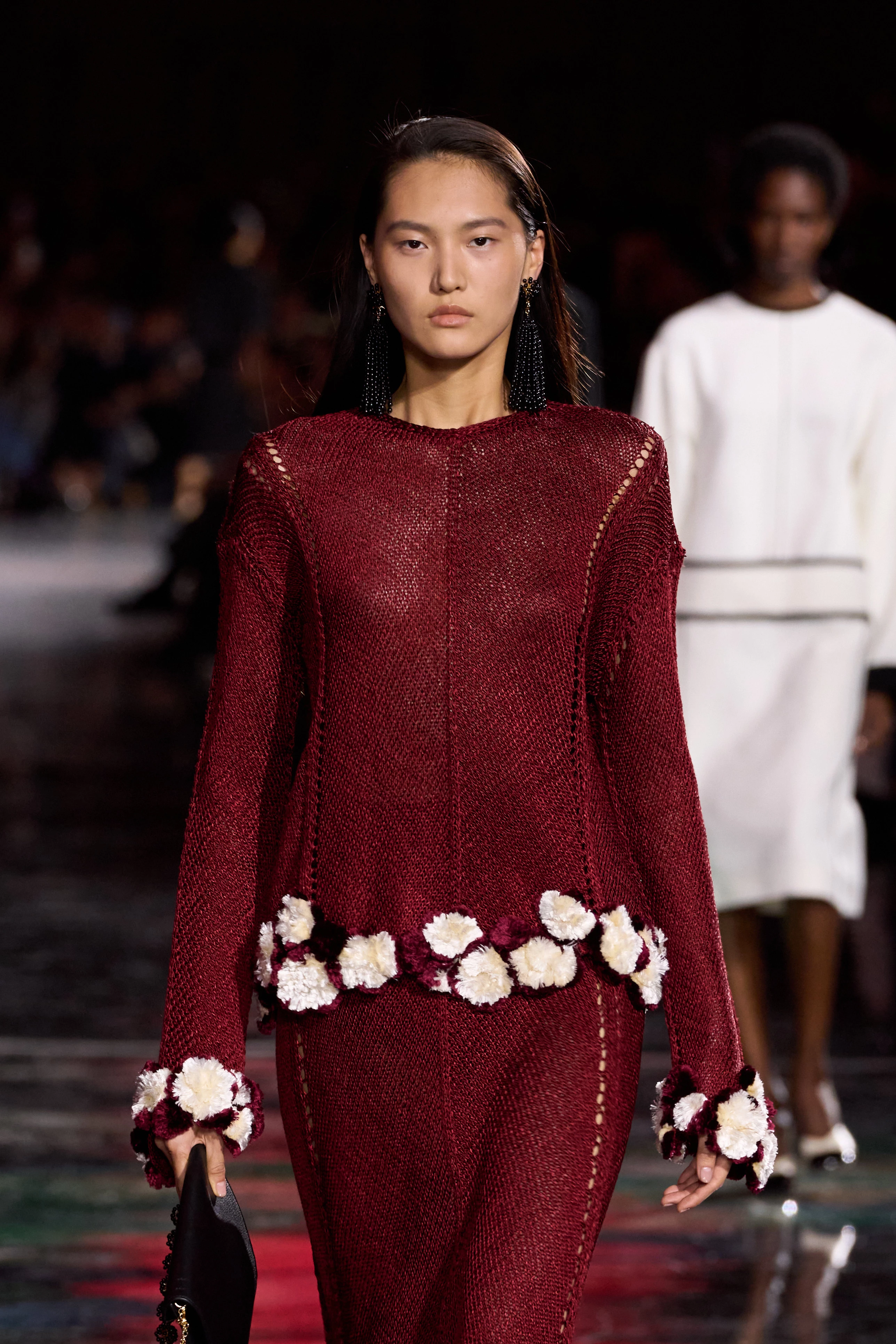
Wheat Stalks
Chanel possessed a highly superstitious nature: she maintained faith in omens, zodiacal signs, and talismans. Coco was of the belief that wheat stalks ushered in good fortune. Wheat holds significance as an emblematic charm in European culture – being associated with prosperity and affluence. In 2016, Chanel unveiled exquisite jewelry drawing inspiration from wheat, and in preceding seasons, he reiterated this motif within one of his collections. Matthew Blasi, in his own manner, reinterprets this hallmark of the Chanel house, conjuring a multitude of bows adorned with wheat stalks. For example, a semi-sheer blouse featuring wheat stalks ascending from all directions, a light coat that distinctly echoes a haystack composed of diverse grasses, as well as a black dress embellished with gilded wheat stalks and an unfinished hem – the nascent designer, uniquely among his contemporaries, exhibits an aptitude for toying with disparate motifs not intrinsically linked to fashion, adopting novel forms.
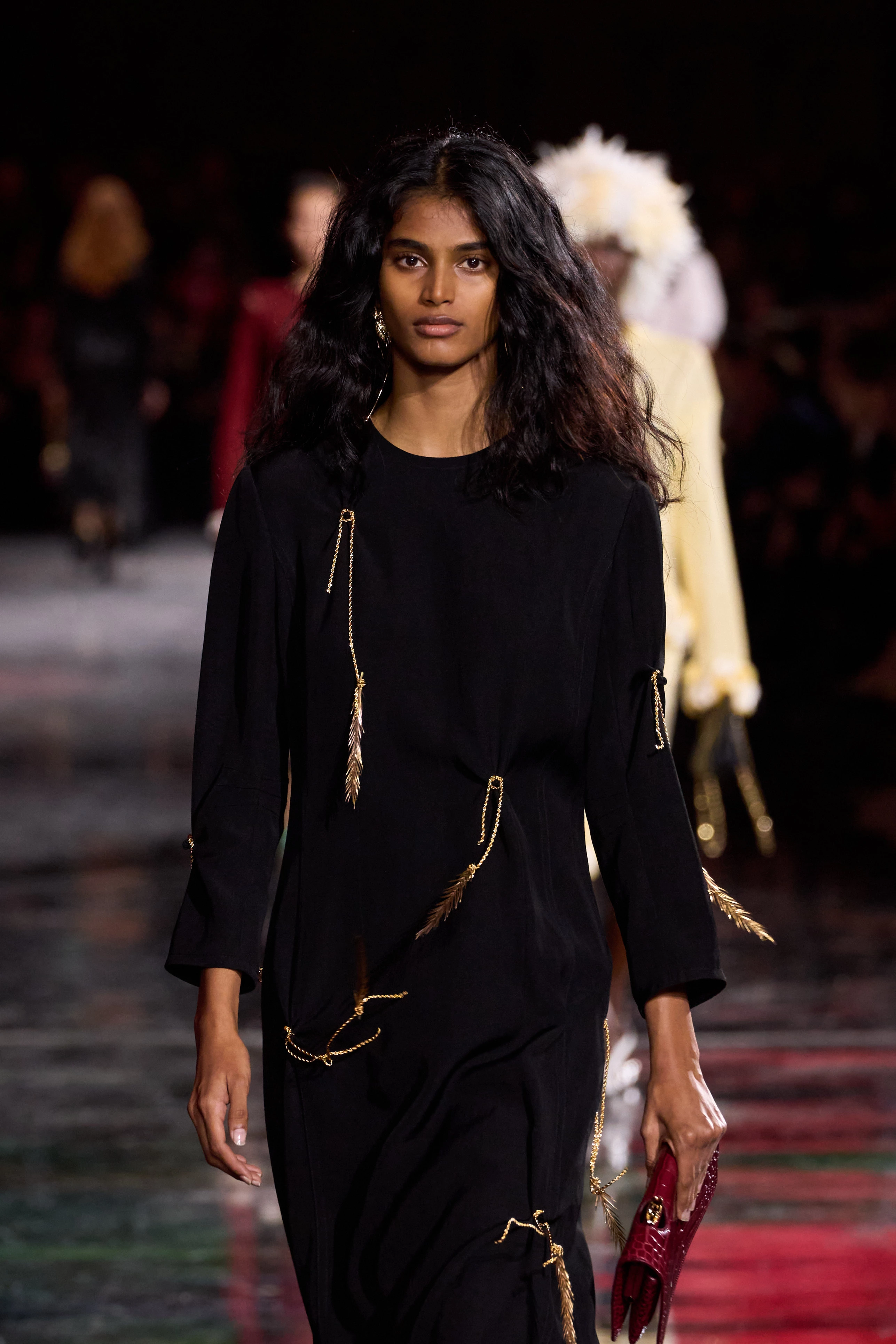
Handbags
Chanel accessories have consistently commanded considerable market appeal by virtue of the proliferation of iconic models that have witnessed an augmentation in value with each passing annum. Within the spring 2026 collection, Matthew Blasi initiates a new epoch in Chanel accessories – the quintessential 2.55 bag is now deconstructed, crumpled, and incapable of closure. Furthermore, a petite pochette bag featuring a phoenix – Coco’s cherished bird – large plum-hued clutches, diminutive egg bags quilted in contrasting tones – literally a compendium of nascent accessories warranting immediate attention. The most exorbitant Chanel handbag shall be the deconstructed 2.55, crafted entirely from gold.
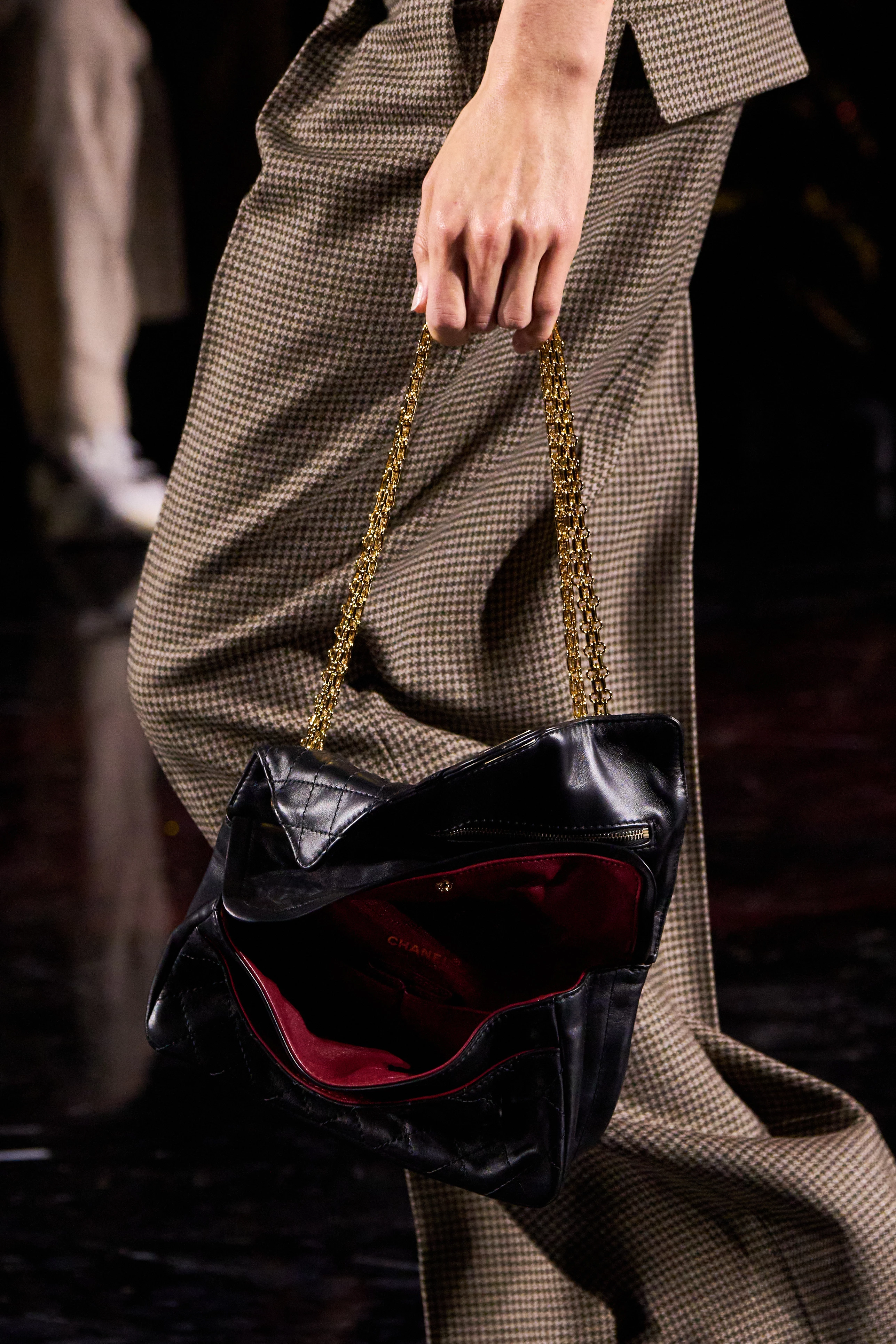
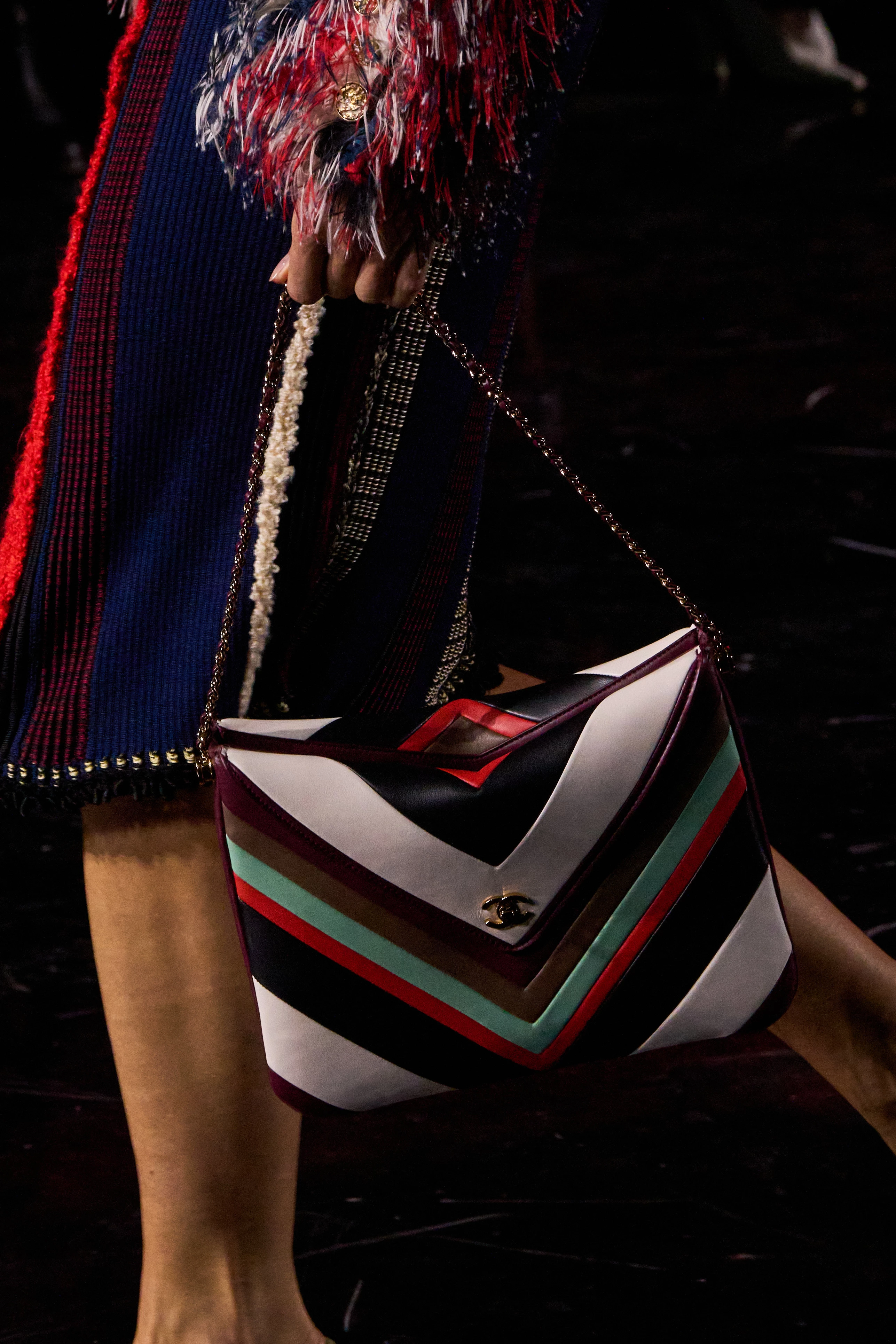
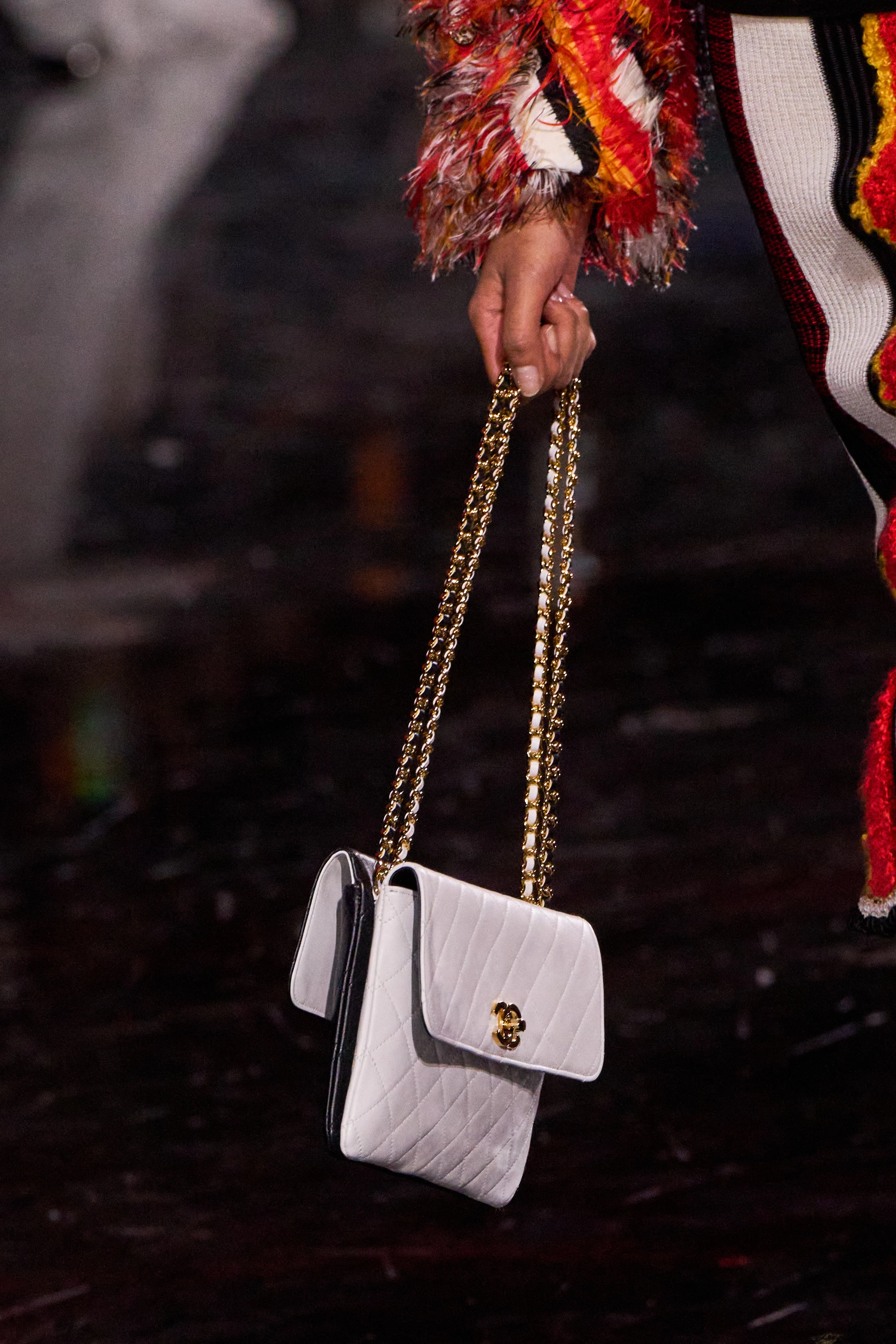
Footwear with Differing Toes
Chanel conceived her archetypal pair of slingbacks incorporating a black toe in 1957. Due to an unconventional foot dimension for the era (40th), Gabrielle Chanel, in concert with shoemaker Raymond Massaro, engendered light-hued footwear accented with a black toe: this aesthetically diminished the leg. Ergo, from one season to the next, the Fashion House of Coco Chanel engendered diverse renditions of footwear exhibiting a contrasting section. The fourth artisan in the chronology of the Chanel house appends his distinct viewpoint to this segment of the collection. Beige pumps featuring a white toe atop a kitten heel were styled in conjunction with tweed, substantial masculine derbies paired alongside delicate midi skirts, and platform shoes received a squared toe, now also rendered in a striking turquoise hue. Separately, attention is drawn to the crimson pair fashioned from snakeskin leather with a pristine ribbon.
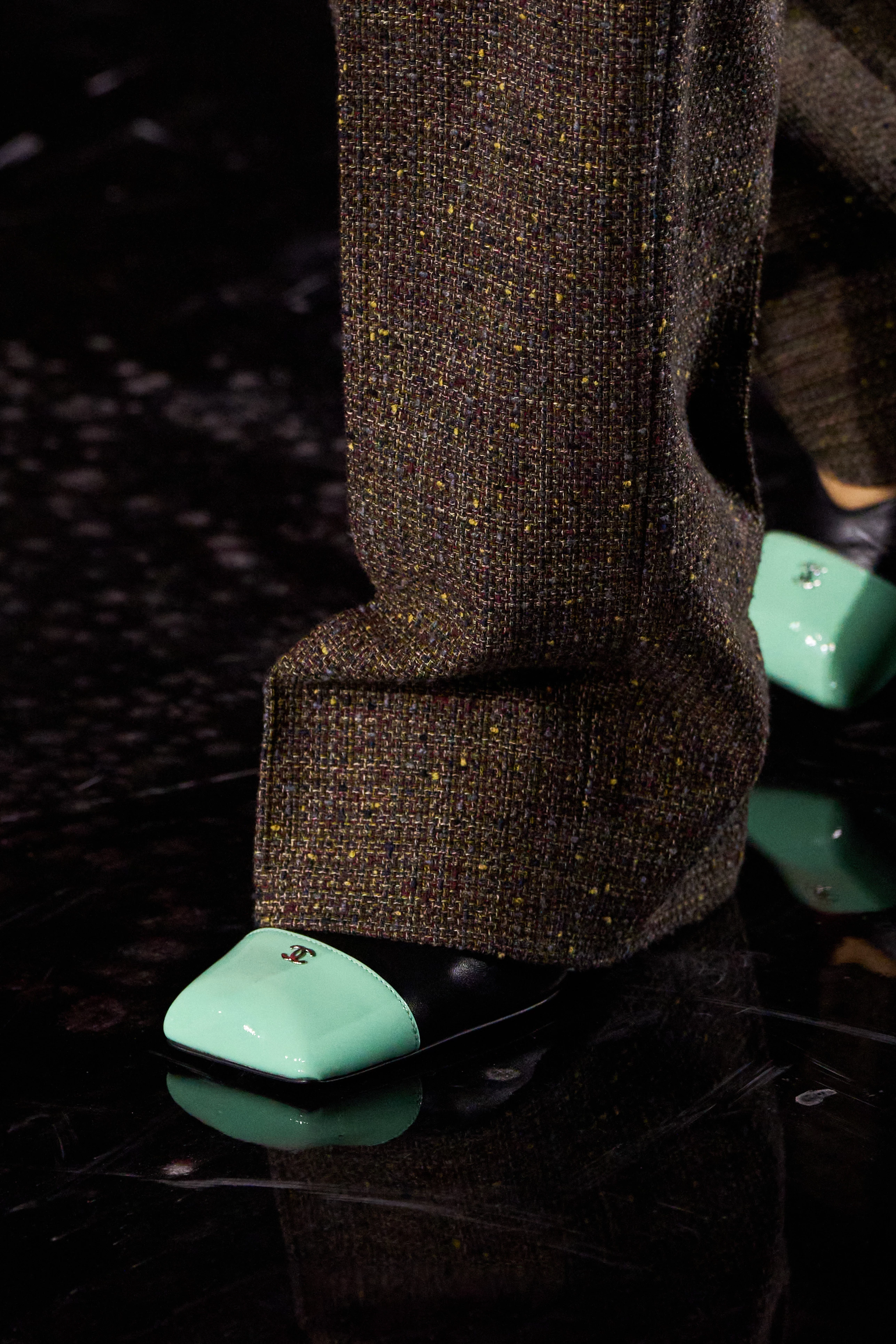
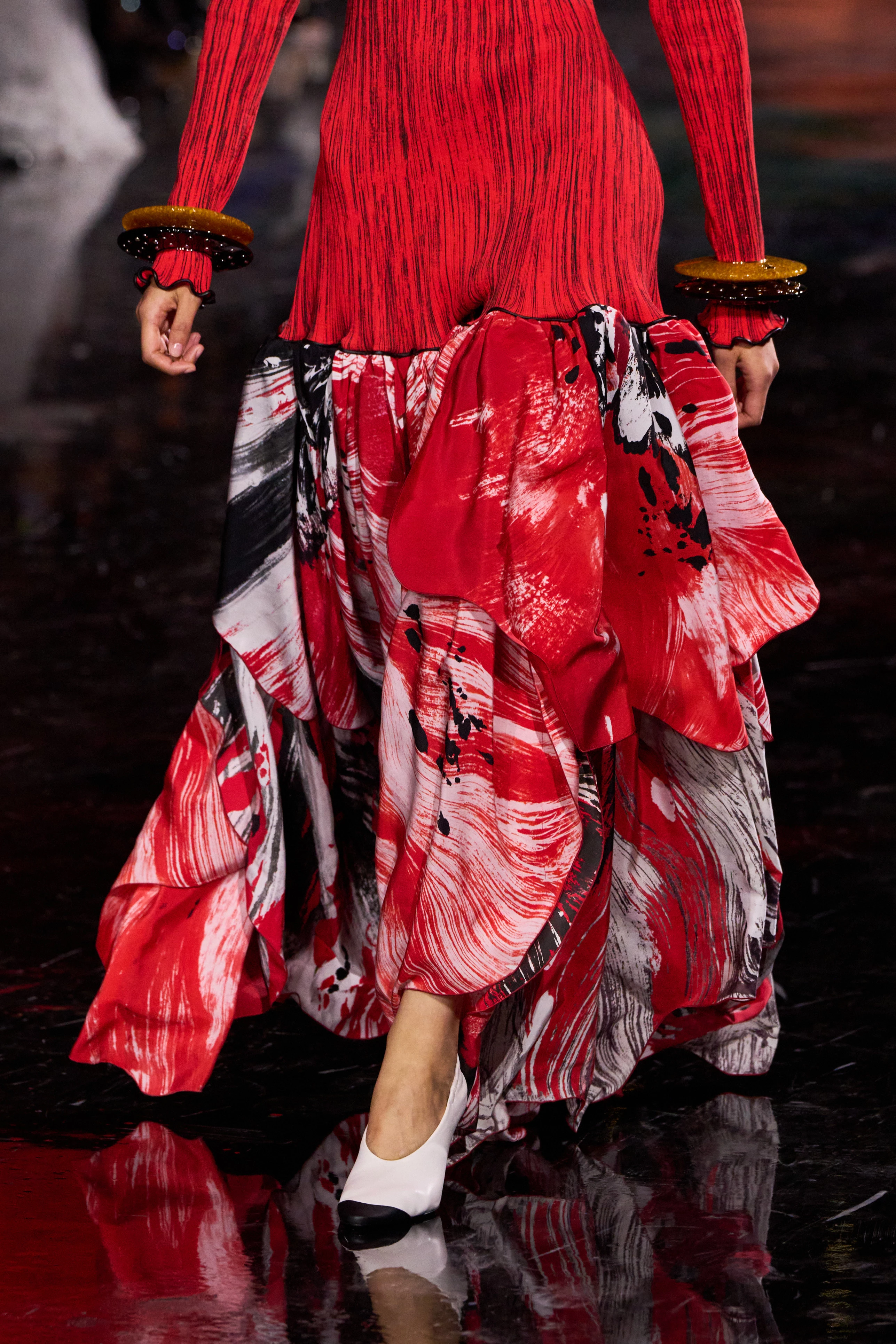
In under a year’s duration, Franco-Belgian designer Mathieu Blasi has resurrected the house of Coco Chanel in the aftermath of Karl Lagerfeld’s decease in 2019 and the creative stewardship of Virginie Viard. His inventive concepts have melded Venetian shoemakers, Florentine accessory producers, seamstresses in the Parisian atelier situated on Rue Cambon, and the artisans of M19 – heralding the genesis of a novel era.
Text: Vova Motrychuk

